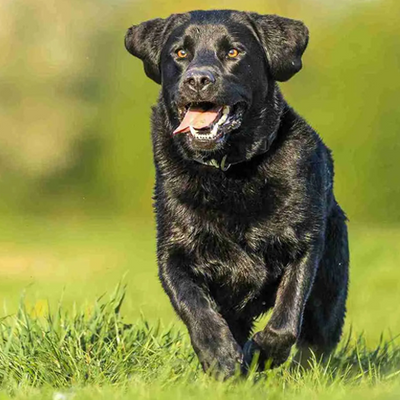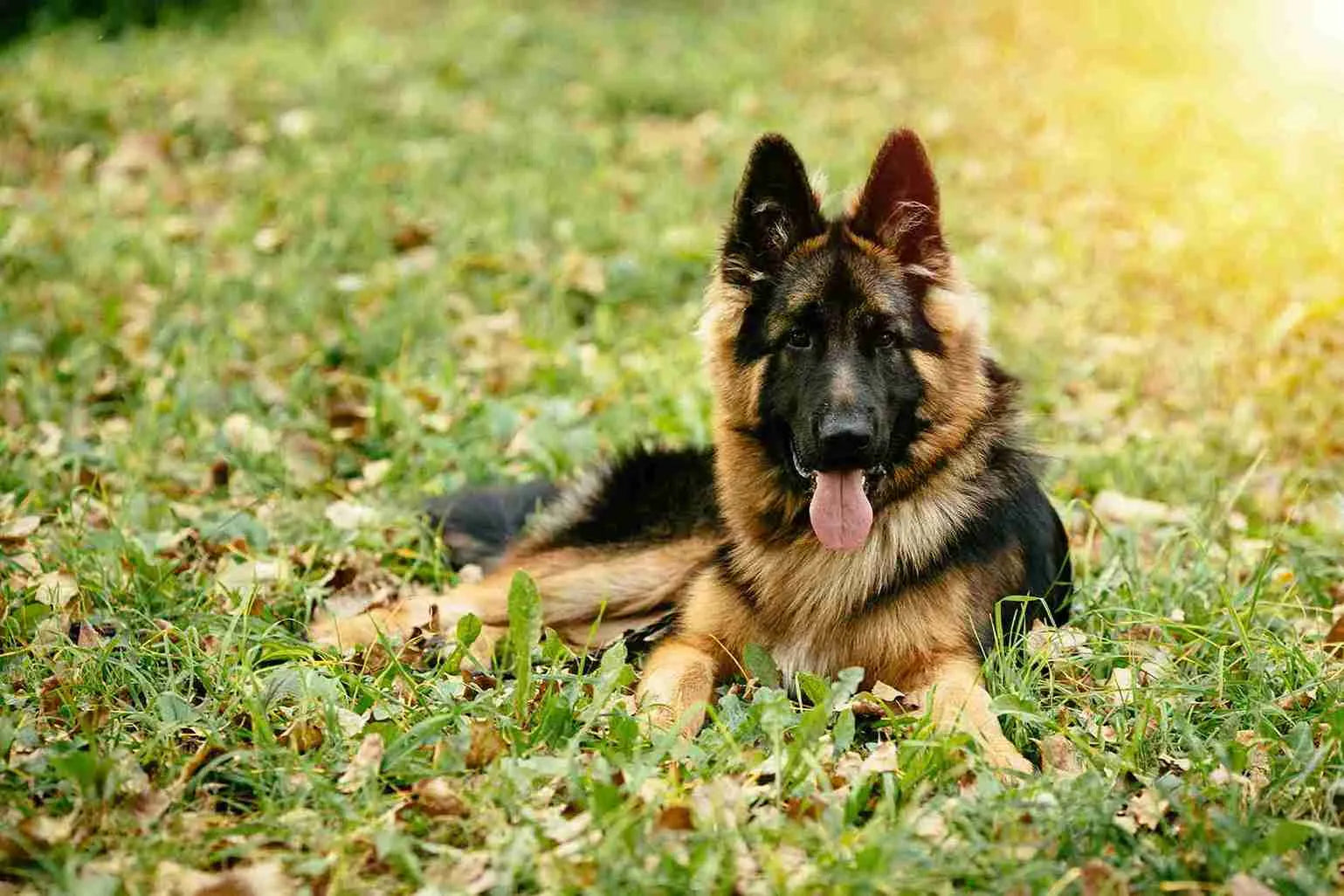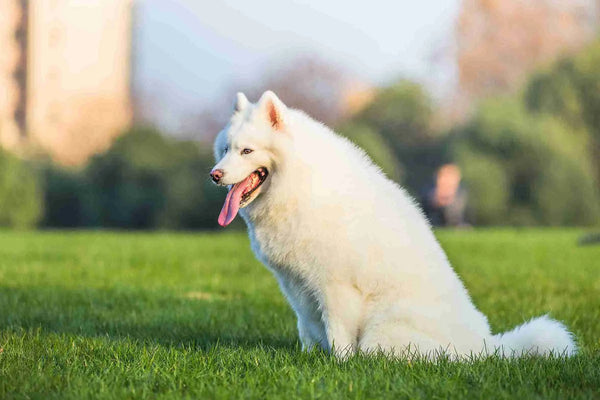German Shepherd
German Shepherd
America’s Loyal and Versatile Protector
1. Introduction to the Breed
The German Shepherd, securing the #4 spot in the 2024 American Kennel Club (AKC) rankings, is celebrated for its confidence, versatility, and unwavering loyalty. Renowned as a top choice for police, military, and search-and-rescue work, this breed also shines as a devoted family companion. With their striking appearance, athletic build, and keen intelligence, German Shepherds are cherished across America for their ability to excel in diverse roles, from guarding homes to comforting loved ones with their steadfast presence.
2. History of the Breed
Originating in Germany in the late 19th century, the German Shepherd was developed by Captain Max von Stephanitz to create the ideal herding and working dog. By standardizing the breed from various German herding dogs, von Stephanitz emphasized intelligence, strength, and versatility. First exhibited in 1899, the breed gained global recognition after World War I, when returning soldiers praised their work in military roles. Recognized by the AKC in 1908, German Shepherds have since become a symbol of courage and reliability, starring in films and serving in critical roles worldwide.
- German Shepherds are the second most popular breed for police and military work, often trained for bomb detection, tracking, and patrol duties.
- The first seeing-eye dog in the U.S., named Buddy, was a German Shepherd who guided Morris Frank in the 1920s, revolutionizing assistance dog programs.
- Rin Tin Tin, a German Shepherd rescued from a World War I battlefield, became a Hollywood star in the 1920s, starring in over 20 films.
- Their versatility extends to dog sports, where they excel in agility, obedience, and Schutzhund competitions.
3. Physical Characteristics
- Typical Size and Weight: German Shepherds are large dogs, standing 22–26 inches tall at the shoulder. Males typically weigh 65–90 pounds, while females range from 50–70 pounds, depending on lineage and build.
- Coat and Color: Their medium-length coat is dense with a thick undercoat, suited for various climates. The most common color is black-and-tan, but they also appear in sable, black, white, or liver. Long-haired variants exist but are less common in show lines.
- Distinctive Features: Known for their noble, well-muscled appearance, German Shepherds have a bushy tail, erect ears, and a focused, intelligent expression. Their sloping back and powerful gait reflect their agility and strength.
4. Personality Traits
German Shepherds are confident, courageous, and highly intelligent, making them exceptional working dogs and loyal family pets. They form strong bonds with their owners, often displaying protective instincts that make them excellent guardians. While gentle with family members, including children, they can be aloof with strangers until properly introduced. Their high energy and curiosity require active engagement, and they thrive in environments where they have a purpose, whether it’s a job or playtime with their human companions.
5. Care Requirements
- Exercise Needs: German Shepherds need 60–120 minutes of daily exercise, including walks, runs, agility training, or interactive games like fetch. Mental stimulation, such as puzzle toys or obedience drills, is equally important to prevent boredom.
- Grooming Needs: Their coat requires brushing 2–3 times per week to manage shedding, especially during seasonal “coat blows.” Regular baths, ear cleaning, and nail trimming are essential, with attention to dental hygiene to prevent tartar buildup.
- Dietary Considerations: A high-quality diet tailored to their size, age, and activity level is crucial. German Shepherds can be prone to digestive sensitivities, so foods with digestible proteins and limited fillers are ideal. Owners should monitor portions to prevent obesity, especially in less active dogs.
6. Health and Lifespan
German Shepherds have an average lifespan of 7–10 years, slightly shorter than some breeds due to their size and genetic predispositions. Common health issues include hip and elbow dysplasia, degenerative myelopathy, and bloat (gastric dilatation-volvulus). Regular vet checkups, hip screenings, and a healthy lifestyle can mitigate risks. Owners should watch for signs of joint pain or mobility issues, particularly as the dog ages, and consider joint supplements or physical therapy for support.
7. Training and Socialization
German Shepherds are highly trainable due to their intelligence and work ethic, excelling in obedience, protection, and search-and-rescue training. Positive reinforcement, consistency, and early socialization are key to developing a well-mannered dog. Exposure to diverse people, animals, and environments from puppyhood prevents overprotectiveness or anxiety. Their strong drive can lead to stubbornness, so owners should use firm but kind methods and consider professional training for specialized roles.
8. Ideal Home Environment
German Shepherds thrive in homes with ample space, such as suburban or rural properties with yards, though they can adapt to apartments if given sufficient exercise and mental stimulation. They are best suited for active owners who can provide daily activities and consistent training. Families with children benefit from their protective yet gentle nature, but they require supervision with unfamiliar pets due to their strong prey drive. A secure fence is recommended, as their curiosity can lead them to wander.
9. Best Toys for German Sheperds
German Shepherds enjoy toys that match their high energy, intelligence, and working instincts. Durable chew toys made of tough rubber withstand their strong jaws, providing 20–30 minutes of chewing satisfaction, especially when stuffed with treats for mental stimulation. Tough pull toys for tugging tap such as the Catapult Cage toy, or the Fire Hose Tug into their love for physical challenges, ideal for 15–20 minute interactive sessions with owners. Large, sturdy balls for chasing encourage running and fetching, suiting their athleticism for outdoor play. Interactive puzzle toys with treat compartments challenge their problem-solving skills, keeping them occupied indoors for 15–20 minutes. Avoid flimsy toys, as German Shepherds can destroy them quickly, posing a choking risk. Rotate toys regularly and pair with training for engagement.
10. Adoption and Breeder Tips
When seeking a German Shepherd, choose breeders affiliated with the German Shepherd Dog Club of America, ensuring health clearances for hips, elbows, and genetic conditions like degenerative myelopathy. Visit the breeder to assess the puppies’ environment, meet the parents, and confirm ethical practices. Rescues like German Shepherd Rescue and Adoption organizations offer adoptable dogs, often with known temperaments. Be cautious of backyard breeders, as German Shepherds are prone to health issues if poorly bred. Ask about socialization, training, and the breeder’s experience with working or show lines.






0 comments